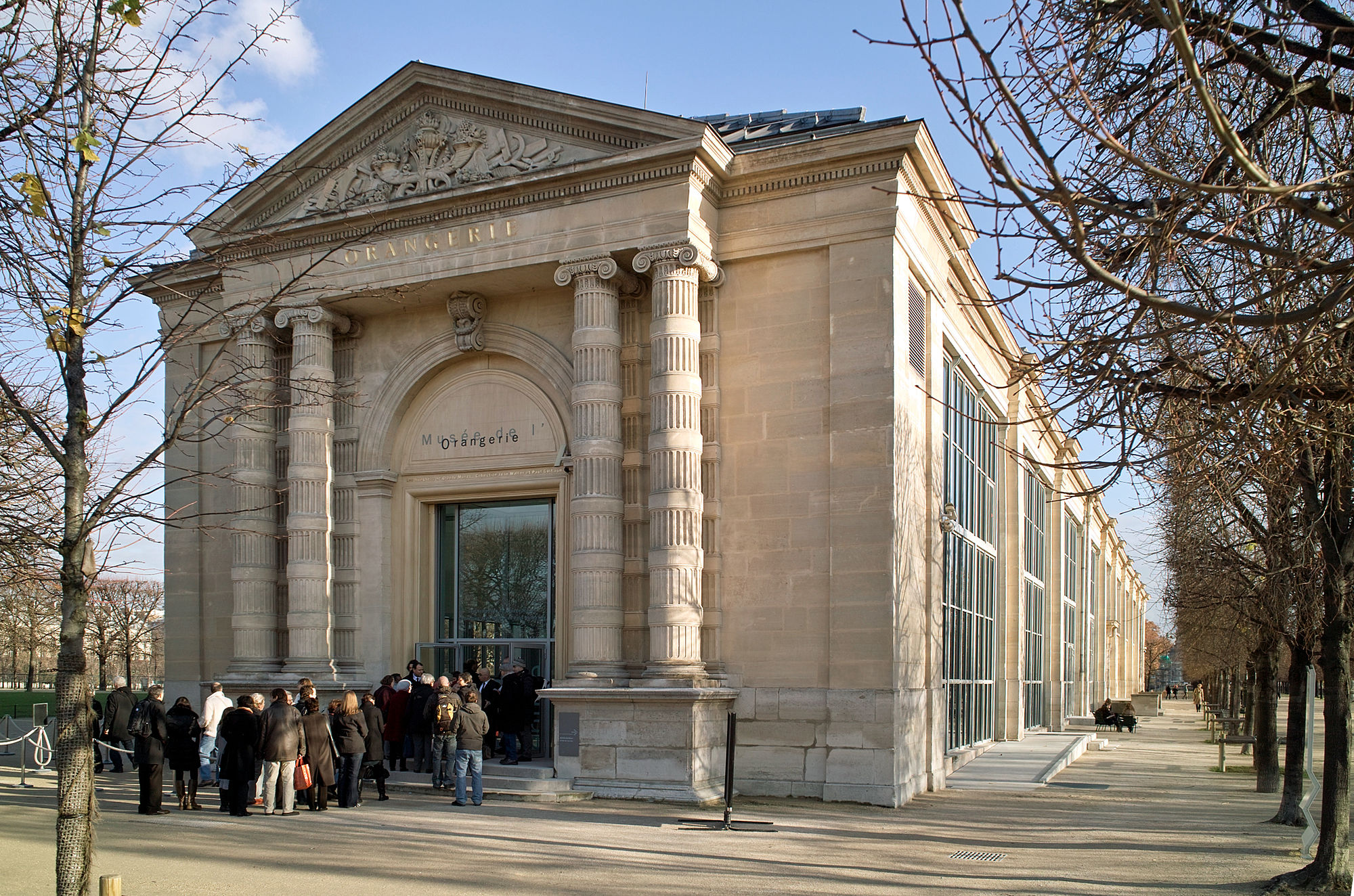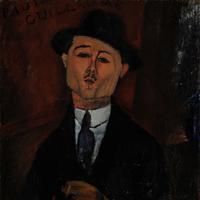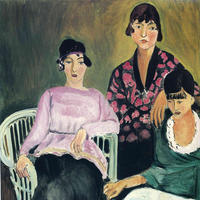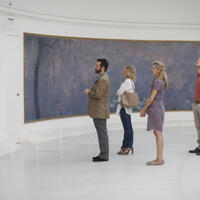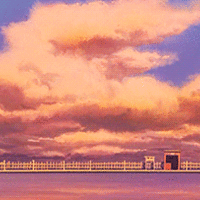More about l'Orangerie Museum
Works at l'Orangerie Museum

Sr. Contributor
L'Orangerie should have its own HGTV reality show.
It was originally built to house the orange trees for the Tuileries Palace during winter. The trees were going to the Louvre's Grande Galerie, but Napoleon III got fed up with that and ordered a separate building for the purpose. He must have been a big fan of vitamin C, because the building was finished in less than four years at a time when cranes weren't a thing and the biggest truck anyone in Paris had was a standard issue horse.
After French soldiers were billeted in the building while home from the trenches of World War I, the government realized the place would look incredible with a few choice paintings. Monet had just so happened to donate a few massive Water Lilies to the state, which were originally tagged for the Rodin Museum courtyard. The Water Lilies were rerouted to two large rooms in l'Orangerie, designed in part by Monet to let in natural light. Paintings trickled in to l'Orangerie, and the place was largely ran by larger French museums, when it received a major art infusion.
The widow of Paul Guillaume, art dealing demigod, gave his modern art collection to the state so long as it was all displayed under one roof... and also named after her second husband Jean Walter. A second floor was on the museum to accommodate the Guillaume-Walter collection, which had the added effect of eliminating the natural lighting over theWater Lilies. Monet, though ubiquitous throughout museums today, wasn't really 'in' during the 1960s, when the floor was added. A resurgence of everything Monet prompted the museum to re-remodel in 2000 to bring the light back in for the Water Lilies.
The project went years and millions of monies over budget. The new renovations revealed just what it took to make Napoleon's goal of speedy construction a reality. The building was held together with little better building techniques than bubble gum, scotch tape, and good wishes. The entire building had to be shored up while retaining its l'Orangerie-iness. Then, a major kink happened in the form of an old portion of a 400-year old wall built to protect France from the Habsburg States during the Thirty Years War being right underneath the basement. Some folks wanted the museum scrapped in favor of the antique wall, since it was a part of the city's history, but the government decided to split the difference. The museum's construction could and did proceed so long as the two best bits of the wall were preserved.
Featured Content
Here is what Wikipedia says about Musée de l'Orangerie
The Musée de l'Orangerie (English: Orangery Museum) is an art gallery of impressionist and post-impressionist paintings located in the west corner of the Tuileries Garden next to the Place de la Concorde in Paris. The museum is most famous as the permanent home of eight large Water Lilies murals by Claude Monet, and also contains works by Paul Cézanne, Henri Matisse, Amedeo Modigliani, Pablo Picasso, Pierre-Auguste Renoir, Henri Rousseau, Alfred Sisley, Chaïm Soutine, Maurice Utrillo, and others.
Check out the full Wikipedia article about Musée de l'Orangerie

